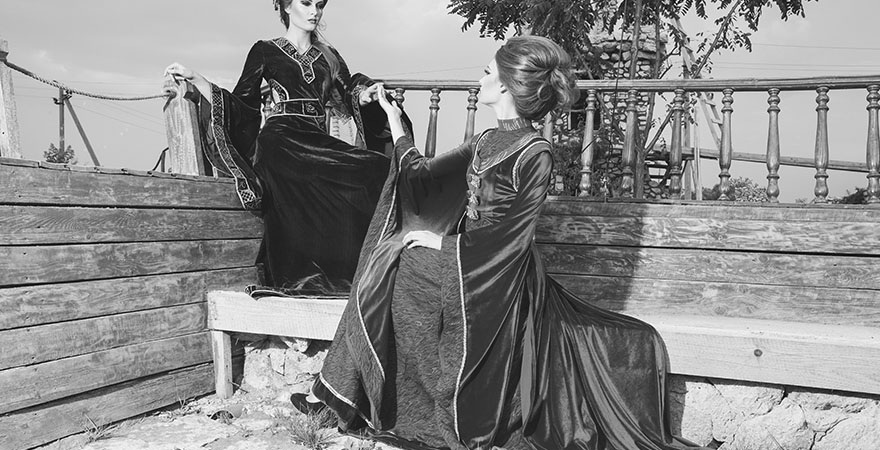The History of Hair Extensions
European Hair Extensions
Ever wondered why there was a hair malfunction in your family whenever you saw your aunt with bouffant, your cousin with flowing tresses while you stood there with thin über-straight hair? It has nothing to do with DNA. The origin of hair extensions dates back to Cleopatra.
Believe it or not, the first documented proof of hair weaves was seen among the Egyptians in 3400 BC. They wore wigs, sewn-on hair pieces and braids that were made of human hair and dyed sheep’s wool. They used resin and beeswax to attach the extensions. Bright blue, red, gold were popular, in addition to the conventional black. Cleopatra’s favorite color was peacock blue. Braids also originated somewhere around 500 BC, an indicator of age, religion, wealth, depending on the type of knots and twists.
The extensions among European and American women in the 1700s gave way for powdered wigs. A white powdered wig, called Perukes, indicated high rank or birth. When King Louis started turning bald, he started using Perukes because he didn’t want people to think of him as weak. The trend soon followed with the nobles. Both men and women wore extensions and their weaves were huge and like a beehive. Horse hair and frames filled with wool were woven into the natural hair, while hair extensions were built over the frames.
Keratin Hair Extensions
During the Romantic era, the fake hair swung into action with Apollo knots that had tighter curls attached closer to the scalp in mounds. Beginning of the 1900s, saw a weave called ‘Switch’, what we know as clip-ins, becoming popular as they could be easily removed. These weaves used only human hair and cost around .95 for a bunch and went up to $25.
In the 20th century, to get the Pompadour look, hair extensions and hair frames had to be used. Other popular weaves were frizzette, plaits or switches. By the 1940s, long hair became popular and the demand for long hair extensions increased even though artificial hair in those days could easily damage the real. The 1960s encouraged the era of big hair, such as Beehive wigs and hair extensions became common for many years until the 70s.
Hair weaves were common among the African American women in the 80s, which gave way to chemical relaxers and extensions. In the 90s, the hair extensions became less expensive, especially the clip-in hair extensions.
It is the age of hair extensions – synthetic or real, different colors, texture – are available in the market. The powdered wigs might not exist today, but human experiments and creativity have made human hair extensions immensely in vogue.

